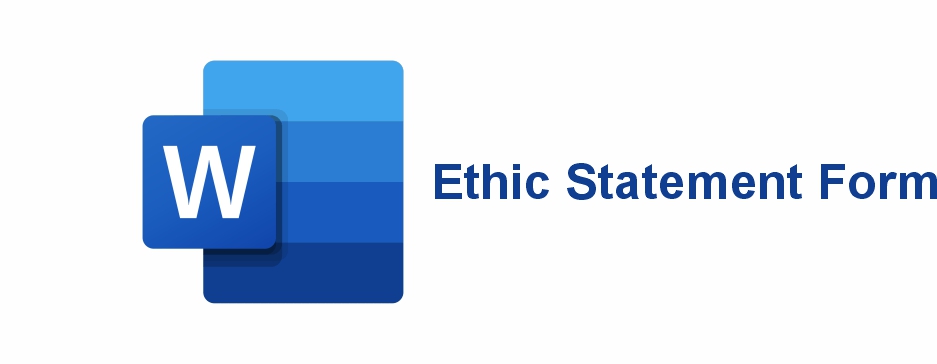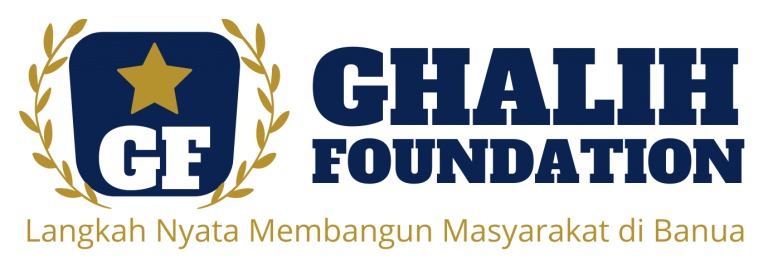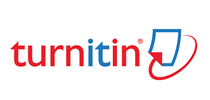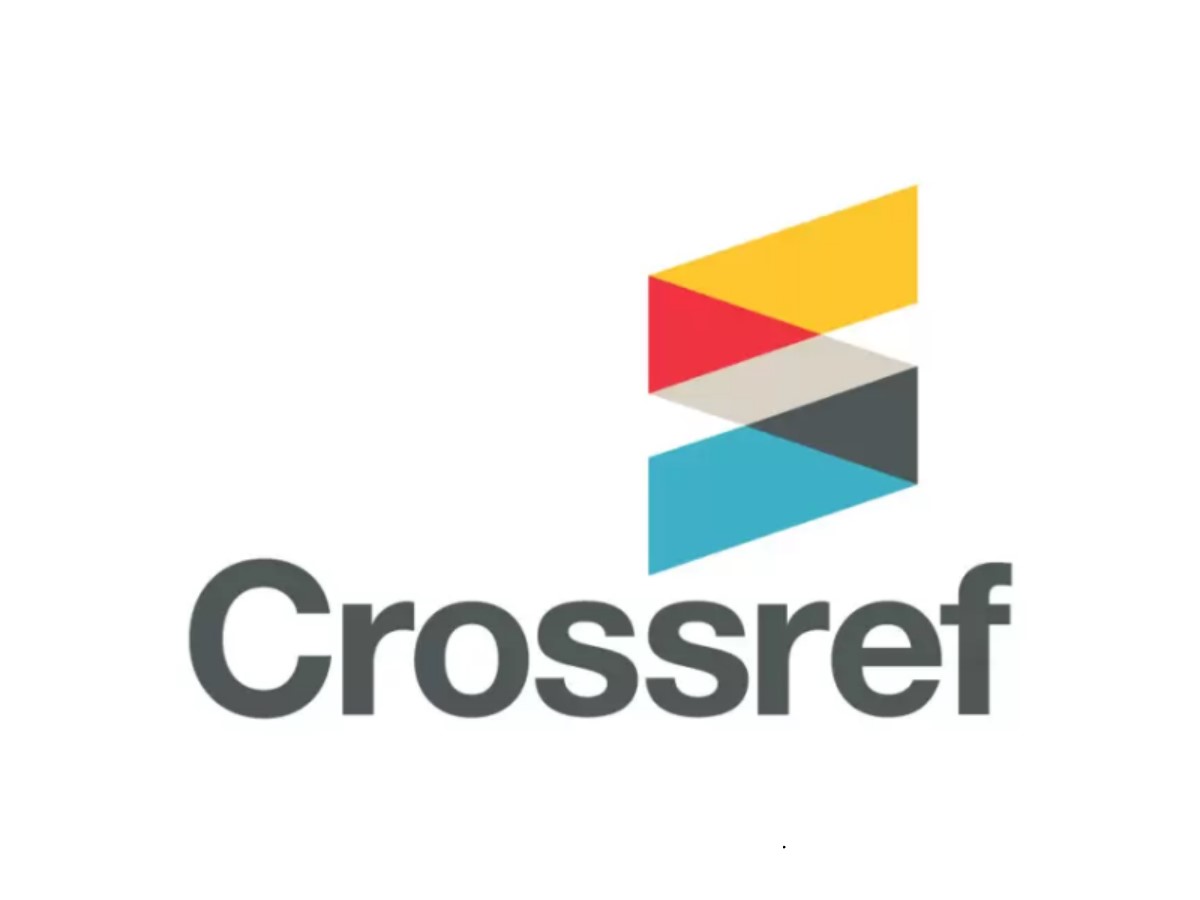OPTIMIZATION OF ALUMINUM EXTRUSION CONNECTION DESIGN USING FINITE ELEMENT ANALYSIS (FEA) METHOD
DOI:
https://doi.org/10.53893/austenit.v16i1.7572Keywords:
3d printer, Core XY, Finite Element Analysis, AnsysAbstract
With the rapid development of technology, the need for innovation is also increasing. One of the most popular technologies today is 3D printers. However, to produce quality 3D prints, a good frame structure is essential. The most important part in 3D printing is the frame structure. The most crucial part in the 3D printing process is the frame structure, namely Core XY. This is very crucial because the frame structure of the Core XY 3D printer has a big influence on the load it will accommodate in supporting the overall 3D printing process. The material used in this research is 6061 aluminum with extrusion profile 2020. This research focuses on analyzing the strength and balance of the structure, as well as the strength of the joints on the Core XY 3D printer due to static loading. To achieve this goal, researchers used the finite element analysis method using Ansys 2021 R1 software to obtain an optimal simulation. The tests used by researchers were carried out by determining the static free value that occurs in the Core XY 3D printer frame. The structural analysis results show the maximum deflection value δmax = 0.25635mm, maximum yield stress εymax = 42.169 MPa, and maximum yield strain σymax = 6.1417e-004mm/mm. Researchers can conclude that the Core XY 3D printer is feasible to use to be able to produce 3D object prints.
Downloads
References
Abdillah, H., Pengecoran Logam, T., Manufaktur Ceper Batur, P., Ceper, K., & Klaten, K. (2019). Aplikasi 3D Printer Fused Deposite Material (FDM) Pada Pembuatan Pola Cor. Jurnal Ilmiah Teknik Mesin, 13(2), 110–115. https://doi.org/https://doi.org/10.24853/sintek.13.2.110-115
Albukhari, J., & Anuar, K. (2021). Analisa Pembebanan Statik Pada Fuselage Wahana Terbang Tanpa Awak Atha Mapper 2150 Dengan Simulasi Ansys. Jom FTEKNIK, 8, 1–5. https://jom.unri.ac.id/index.php/JOMFTEKNIK/article/viewFile/30129/29027
Amri, N., & Sumbodo, W. (2015). Perancangan 3D Printer Tipe Core XY Berbasis Fused Deposition Modeling (FDM) Menggunakan Software Autodesk Inventor 2015. Dinamika Vokasional Teknik Mesin, 3(2), 110–115.
Anwar Sani, A., Suryana, D., Meita Utami, O., Nugraha, M., (2022). Pengaruh Penyimpangan Gerak Terhadap Sumbu Axis XYZ Pada CNC Router 3018 The Effect Of Motion Deviation To XYZ Axis On The CNC Router 3018. AUSTENIT, 14(2), 95–100. https://doi.org/10.5281/zenodo.72
Dahlan, M., Gunawan, B., & Hilyana, S. (2017). Rancang Bangun Printer 3D Menggunakan Kontroller Arduino Mega 2560. Prosiding SNATIF Ke - 4, 105–110.
Pris, F. R., Suyitno, B. M., & Suhadi, A. (2019). Analisis Kekuatan Velg Aluminium Alloy 17 Inc Dari Berbagai Desain Menggunakan Metode Finite Element Analysis (FEA). Jurnal Ilmiah TEKNOBIZ, 9(2), 33–39. https://doi.org/https://doi.org/10.35814/teknobiz.v9i2.558
Rusianto, T., Huda, S., Hary Wibowo, dan, Kalisahak No, J., & Balapan Yogyakarta, K. (2019). Jenis dan Pencetakan 3D (3D Printing) untuk Pembuatan Prototipe. Jurnal Teknologi, 12(1), 14–21.
Satriyo, Y. (2022). Analisis Hasil Spin Casting Mesin C-400 Matic Menggunakan Master Produk dari Permesinan 3D Printing Resin dan CNC. https://dspace.uii.ac.id/handle/123456789/42021
Sofyan, A., Glusevic, J., Zulfikar, A. J., & Umroh, B. (2019). Analisis Kekuatan Struktur Rangka Mesin Pengering Bawang Menggunakan Perangkat Lunak Ansys APDL 15.0. Journal Of Mechanical Engineering Manufactures Materials And Energy, 3(1), 20–28. https://doi.org/10.31289/jmemme.v3i1.2417
Sumantri, D. (2012). Peningkatan Kinerja Mesin Rapid Prototyping Berbasis Fused Deposition Modeling.
Taufik, I. (2018, October 8). 3D Printing; Solusi Teknologi untuk Membuat Organ Tubuh Manusia. Https://3dprinting.ft.ugm.ac.id/2018/10/08/3d-printing-solusi-teknologi-untuk-membuat-organ-tubuh-manusia/
Totu, E., Stanciu, loana, Butnarasu, C., & Isildak, I. (2017). On Latest Application Developments for Dental 3D Printing. Conference: 6-Th Edition of the International Conference on e-Health and Bioengineering. https://doi.org/10.1109/EHB.2017.7995393
Downloads
Published
How to Cite
Issue
Section
License
Copyright (c) 2024 Authors and Publisher

This work is licensed under a Creative Commons Attribution-ShareAlike 4.0 International License.
The Authors submitting a manuscript do so on the understanding that if accepted for publication, Authors retain copyright and grant the AUSTENIT right of first publication with the work simultaneously licensed under a Creative Commons Attribution-ShareAlike License that allows others to share the work with an acknowledgment of the work's authorship and initial publication in this journal.
AUSTENIT, the Editors and the Advisory International Editorial Board make every effort to ensure that no wrong or misleading data, opinions or statements be published in the journal. In any way, the contents of the articles and advertisements published in AUSTENIT are the sole responsibility of their respective authors and advertisers.















